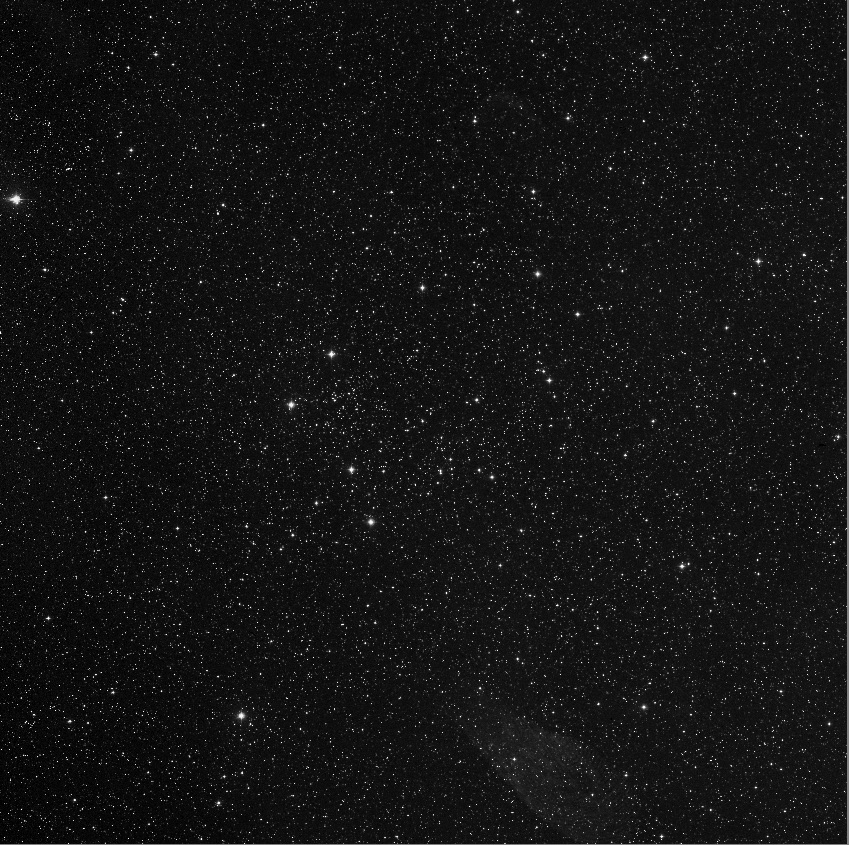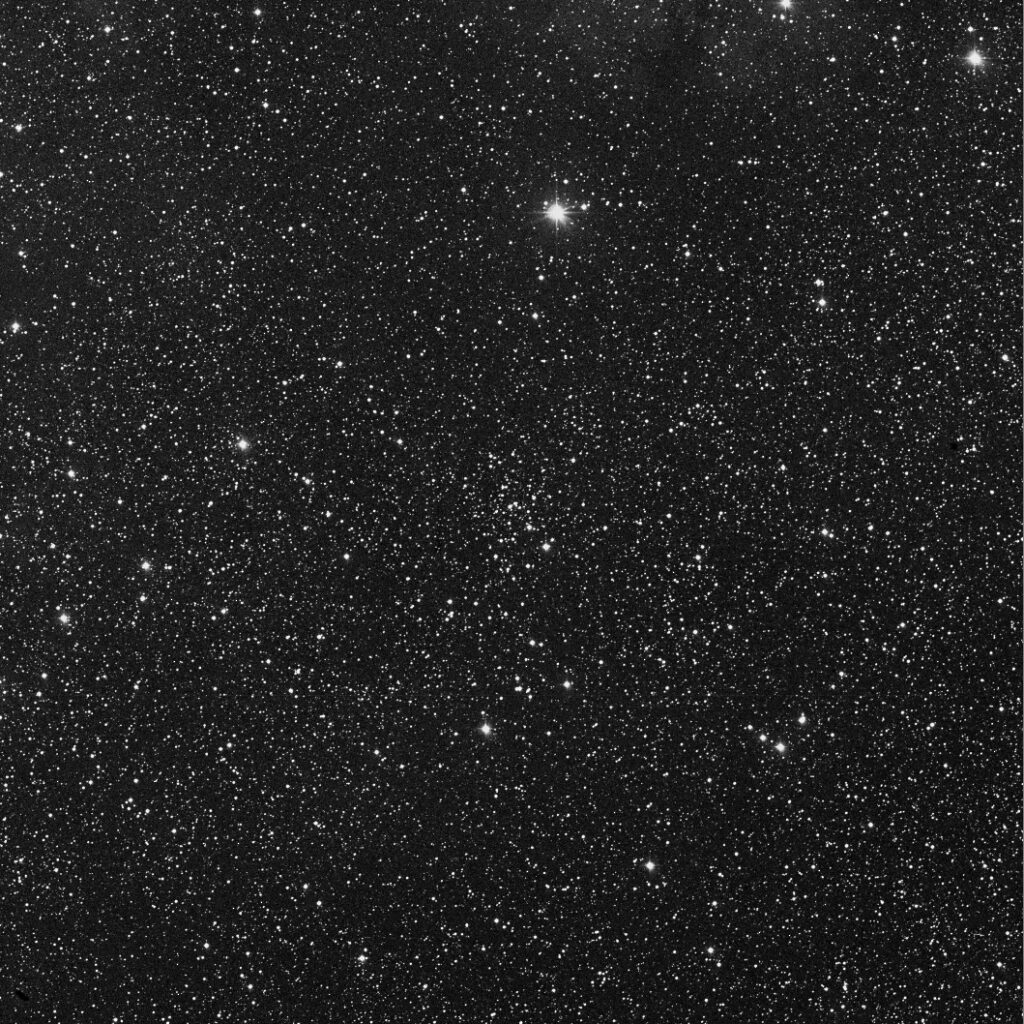The first clear night of the year – although for only a couple of hours before the slow moving cloud started to roll in.
Despite not having used the scope for two months, mount pointing was pretty accurate – with the first slew-to object only just outside the FOV of the 40mm. However, I wasted most of the session trying to keep the network up long enough to be allow the observing notes for Skytools 3 to finish uploading to the observatory computer before I could start. I subsequently discovered the next day that one of the mains mains network adaptors keeps cutting out and dropping the connection. With those now binned, I’ve had to revert to a WiFi network, which although slower, seems to be reliable enough.
…anyway, onto the observations.
Session Details
- Date: 7/1/2016
- Time: 20:15 – 22:25 UT
- Seeing: I Perfectly Stable,
- Transparency: II Clear,
- Temp:4.6c,
- Pressure: 1012mb,
- Humidity: 76%,
- Dew Point: 0.7 ,
- Wind: 10.0mph,
- SQM: 18.45 –
- NELM: 5.8
NGC1746, Collinder 57

In the Altair 250mm f/8 RC, 40mm Plossl, 51 X, 52′, West is to the 7 O’Clock.
The cluster as contained within a 40 arc/min circle and is made up of about 20 stars, 10 of which are in the 7.0 to 8.0 mag range. The rest are fainter at about 11 mag. Within the FOV are two other NGC Open Clusters to the South and East NGC1750 and NGC1758.
NGC7261, Collinder 450

In the Altair 250mm f/8 RC, 14mm Delos, 145 X, 29.8′ West is to the 7 O’Clock.
Through the eyepiece the cluster appears to be made up of about 10 stars within a circle of about 10 arc/min This concentration positioning doesn’t quite match the circle on the star chart, which appears to be shifted to the North slightly. These stars are in the 11.0 to 12.0 mag range.
Off to the South by about 10 arc/min there is another clustering of 5 brighter stars. Equally as obvious to NGC7261, it doesn’t have any designation, which seems odd!
Changing to the Altair 250mm f/8 RC, 40mm Plossl, 51 X, 52′, there is another small tight group of 5 or 6 9.0 mag stars to the SE edge of the FOV.